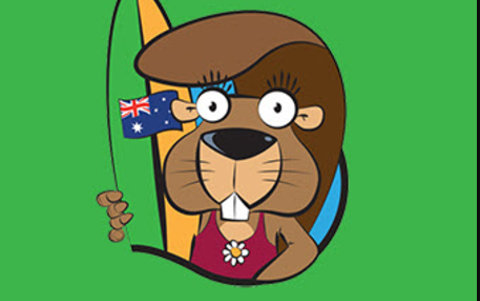Bebras Mini Challenges

About this assessment task
The free Bebras Mini Challenges is a set of short questions, called Bebras tasks. The tasks can be answered without prior knowledge about computational thinking. This resource describes how the Bebras Mini Challenges can be used for formative assessment.
Year band: 3-4, 5-6, 7-8, 9-10
Achievement StandardAchievement Standard
Computational thinking applies to many aspects of the Digital Technologies curriculum.
Years 3-4
By the end of Year 4 students create simple digital solutions and use provided design criteria to check if solutions meet user needs. Students process and represent data for different purposes. They follow and describe simple algorithms involving branching and iteration and implement them as visual programs. Students securely access and use digital systems and their peripherals for a range of purposes, including transmitting data. They use the core features of common digital tools to plan, create, locate and share content, and to collaborate, following agreed behaviours. Students identify their personal data stored online and recognise the risks.
Years 5-6
By the end of Year 6 students develop and modify digital solutions, and define problems and evaluate solutions using user stories and design criteria. They process data and show how digital systems represent data. Students design algorithms involving complex branching and iteration and implement them as visual programs including variables. They securely access and use multiple digital systems and describe their components and how they interact to process and transmit data. Students select and use appropriate digital tools effectively to plan, create, locate and share content, and to collaborate, applying agreed conventions and behaviours. They identify their digital footprint and recognise its permanence.
Years 7-8
By the end of Year 8 students develop and modify creative digital solutions, decompose real-world problems, and evaluate alternative solutions against user stories and design criteria. Students acquire, interpret and model data with spreadsheets and represent data with integers and binary. They design and trace algorithms and implement them in a general-purpose programming language. Students select appropriate hardware for particular tasks, explain how data is transmitted and secured in networks, and identify cyber security threats. They select and use a range of digital tools efficiently and responsibly to create, locate and share content; and to plan, collaborate on and manage projects. Students manage their digital footprint.
Years 9-10
By the end of Year 10 students develop and modify innovative digital solutions, decompose real-world problems, and critically evaluate alternative solutions against stakeholder elicited user stories. Students acquire, interpret and model complex data with databases and represent documents as content, structure and presentation. They design and validate algorithms and implement them, including in an object-oriented programming language. Students explain how digital systems manage, control and secure access to data; and model cyber security threats and explore a vulnerability. They use advanced features of digital tools to create interactive content, and to plan, collaborate on, and manage agile projects. Students apply privacy principles to manage digital footprints.
Assessment
Description
The mini challenges cover three topics: Pattern Recognition, Networking, Coding and Decoding. The problems are presented under three levels of difficulty: easy, medium and hard.
The challenges are offered for three levels:
- Primary school students
- Middle school students
- Senior secondary students
Each challenge topic contains 10 questions. The student gets 60 min to complete the 10 questions.
Guidance For Use
Teachers can use Bebras mini challenges for formative assessment. Work though the problem with a group of students. Use questioning and feedback to support their learning.
For summative assessment view students' results. After the challenge, students can view their results immediately.
Students can screen capture their results and do a reflection on completing the mini challenge.